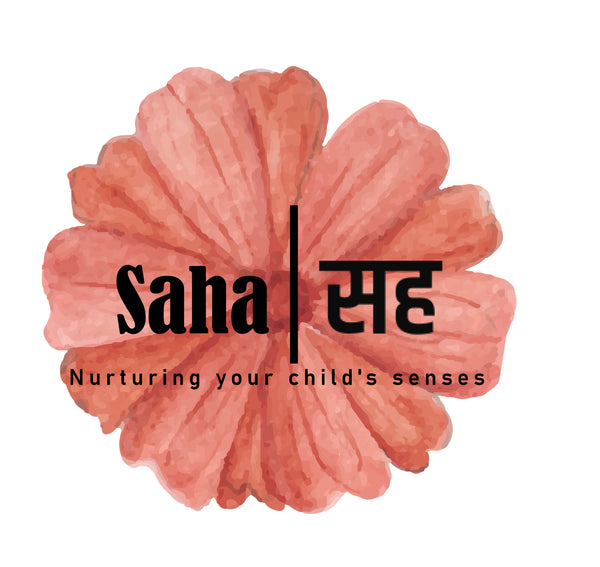
Why Waldorf Works: Insights from Neuroscience
Share
Waldorf education has long been celebrated for its innovative approach to holistic learning. What’s particularly compelling is how its principles align with neuroscientific findings on brain development. By fostering sensory, emotional, and cognitive growth in sequence, Waldorf creates a balanced foundation that supports lifelong learning.
Holistic Development: The Brain’s Triune Model
Neuroscience shows that the brain develops hierarchically: first the sensory brain (responsible for basic survival and stress response), followed by the limbic system (emotional regulation), and finally the neocortex (cognition and reasoning). Traditional education often focuses prematurely on the neocortex, pushing children into abstract academic tasks before their sensory and emotional systems are fully developed. Waldorf avoids this misstep by emphasizing sensory-rich activities, creative play, and emotional engagement during early childhood, ensuring foundational neural pathways are strong before introducing higher-order learning.
The Power of Unstructured Play
Play is at the heart of Waldorf education—and for good reason. Neuroscientific studies confirm that unstructured, imaginative play enhances creativity, improves IQ, and fosters emotional resilience. Unlike rigid academic tasks, self-directed play nurtures problem-solving, social skills, and adaptive behaviors. Waldorf classrooms allow children to explore freely, often using natural, open-ended materials that stimulate curiosity and ingenuity.
Interestingly, research comparing academic-focused preschools to play-oriented ones found no advantage in early reading or math for the former. In fact, children from play-based environments displayed greater creativity, lower anxiety, and more positive attitudes toward learning. This highlights the importance of allowing children to engage in creative, open-ended play rather than forcing early academic learning.
Nature: A Critical Component
Modern neuroscience has coined the term "Nature Deficit Disorder" to describe the cognitive and emotional toll of limited exposure to natural environments. Waldorf education addresses this by incorporating outdoor activities and natural materials into its curriculum. Time spent in green settings reduces stress, improves focus, and even boosts the immune system. For children, the effects are profound: ADHD symptoms decrease, and overall mental clarity improves. These benefits stem from nature's ability to keep the brain in its optimal zone of arousal, the state where learning and adaptive behaviors thrive.
Balancing Left and Right Brain Functions
Conventional education systems often overemphasize left-brain activities, such as analytical reasoning and memorization, at the expense of right-brain functions like creativity and emotional expression. Waldorf takes a balanced approach, engaging both hemispheres of the brain through arts, music, movement, and storytelling. This whole-brain engagement not only enhances cognitive abilities but also fosters emotional intelligence and empathy.
The Bigger Picture
Waldorf education's alignment with how the brain naturally develops makes it a compelling alternative to conventional models. It nurtures curiosity, joy, and resilience in students, equipping them not just for academic success but for a lifetime of adaptive, creative, and balanced living. In a world where educational burnout is increasingly common, Waldorf offers a neuroscientifically sound path that honors the developmental needs of every child.
Parents and educators alike can draw inspiration from these principles, integrating play, nature, and holistic engagement into learning environments to support children’s overall well-being.
Sources:
- Melrose, R. (2020). Why Waldorf Works: From a Neuroscientific Perspective. Lakota Waldorf School. Link to the document
- Elkind, D. (2015). The Power of Play: How Play and Playfulness Shape the Brain. Art of Homeschooling Podcast. Link to episode
- Karjalainen, E. (2020). Nature Deficit Disorder: How Nature Affects the Brain and Learning. Legacy Waldorf School. Link to article
